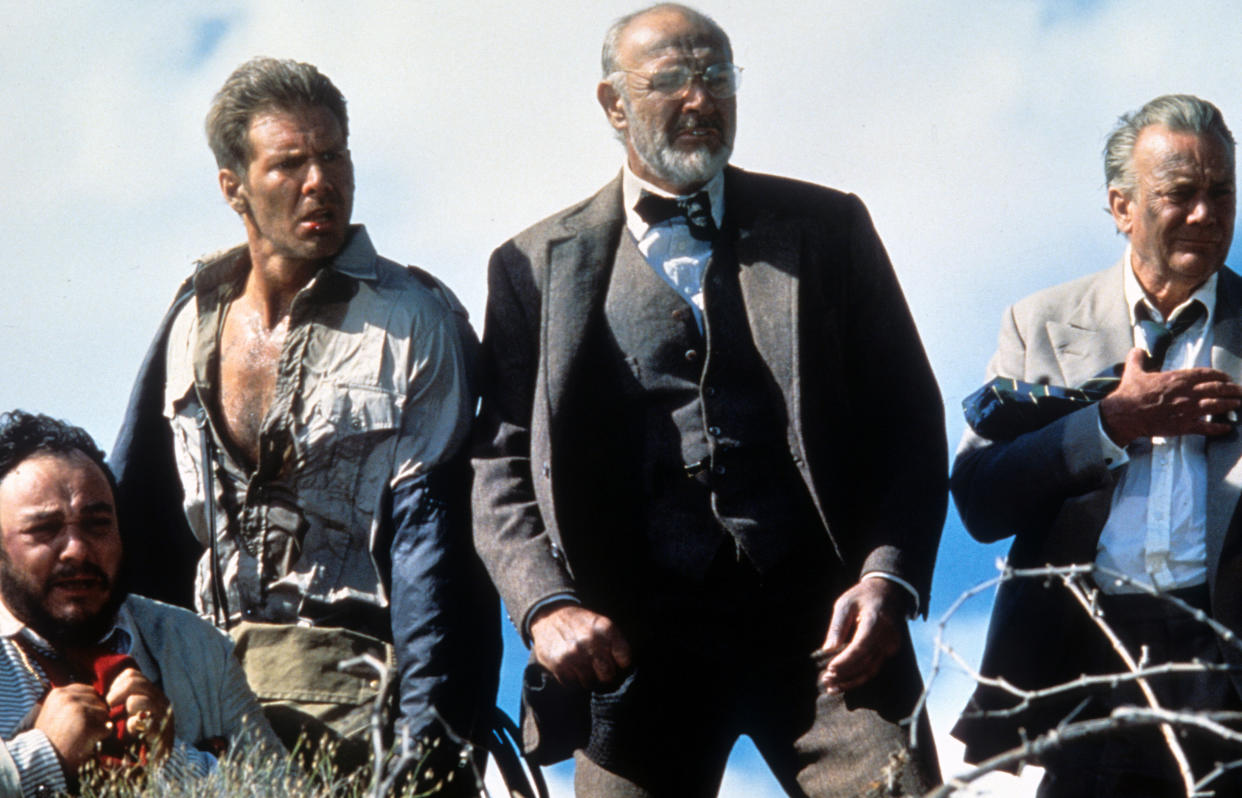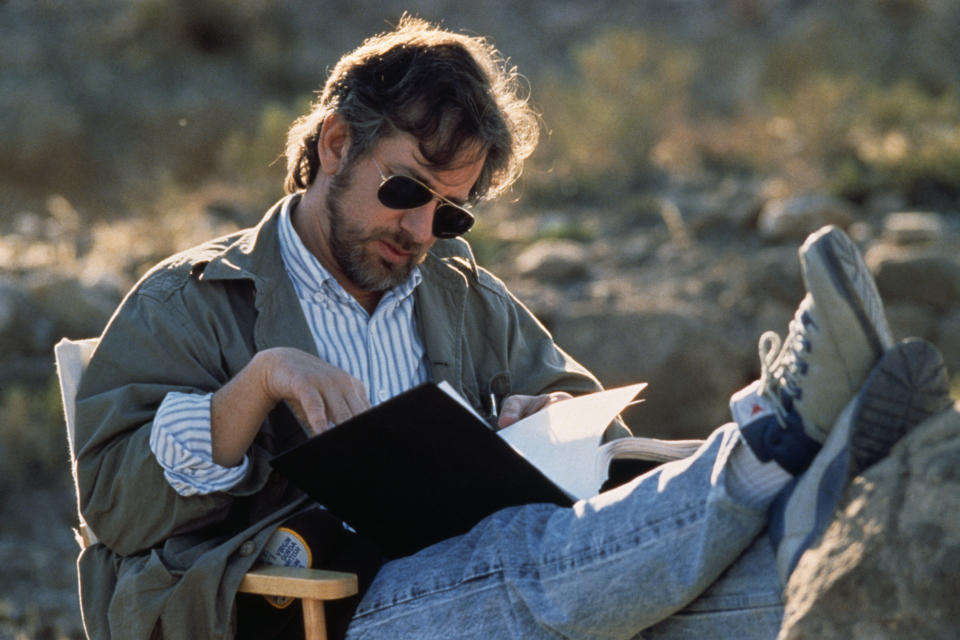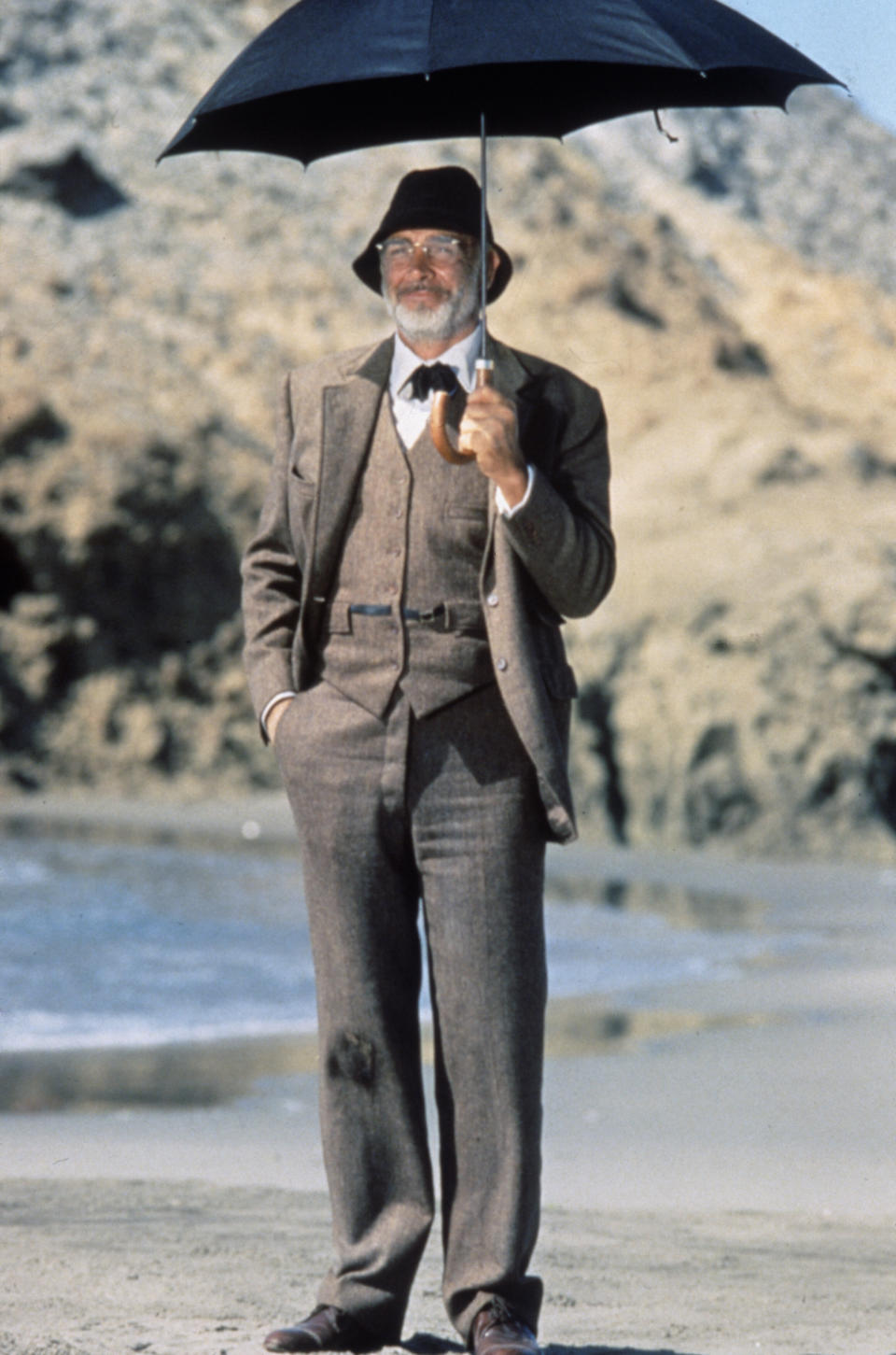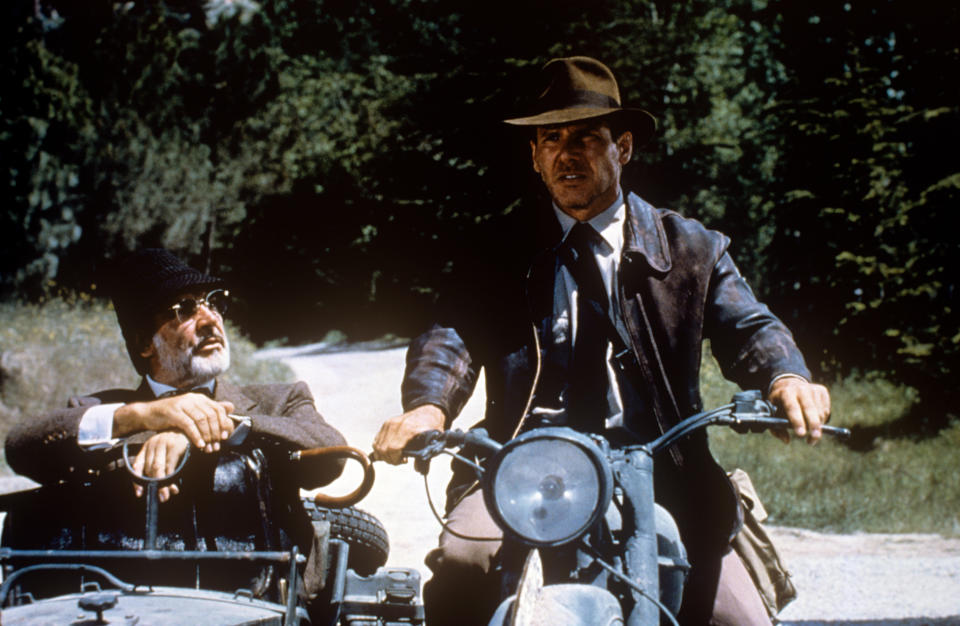‘Indiana Jones and The Last Crusade’ was nearly a total disaster

This year marks the 30th anniversary of Indiana Jones and The Last Crusade. For many fans, Last Crusade is the best of the series. It has a perfect blend of genuinely funny humour, compelling action, and imaginative challenges. The brilliance of all of these elements set it apart from the other two (superb) films in the original trilogy.
Of course, the less said about the fourth instalment, Indiana Jones and the Kingdom of the Crystal Skull, the better. But, believe it or not, Last Crusade was one draft away from potentially being as big of a disaster as Crystal Skull.
Read more: Indiana Jones 5 is still on track for a 2021 release
In a major lesson for screenwriters, narrative analyst Mike Fitzgerald has compared Last Crusade’s earlier drafts with the final draft, a draft that featured contributions from genius script doctor Tom Stoppard.

Now, we in no way mean to denigrate the original author of the script, the fantastic Jeffrey Boam, whose credits include The Dead Zone, Innerspace, and The Lost Boys. It’s just Last Crusade wasn’t exactly his best work, until Stoppard’s changes were introduced.
You can read the entire report here, but we’ve pulled out some of Stoppard’s most significant changes, to show how the film was rescued from possible disaster.
The seagull sequence

This is a small change, but it has a memorable impact. In the original version of the script, Indy and Henry are faced with a plane that’s banking towards them. They have one bullet left, and things look bleak. Until Henry fires the bullet at a flock of seagulls, which fly into the plane and take it down.
Stoppard’s version has the pair completely out of bullets, with Henry forced to use his umbrella to stir up the seagulls. It’s one of the film’s best moments, and we can’t believe it was a last-minute addition. Just a beautiful bit of visual comedy.
The tank sequence

The show-shopping set-piece of the final film was much shorter, and simpler in Boam’s original draft. Also, it originally ended with a gag that saw Indy’s pants falling down.
Every single memorable moment in this sequence was added in by Stoppard at the last minute. Whether it’s the stone in the tank’s side gun, or the three Nazi soldiers killed with one bullet, Indy saving Henry with his whip, or the Indy death fake-out, it was all added in that final draft. Which is fairly astonishing.
The trial sequence

This is possibly the most astonishing change in the entire script. Originally, Indy faced just one challenge on his way to meet the Grail knight, and he deals with it fairly simply.
In Boam’s draft, Indy received the instruction ‘Three paces from the shield of St George. Feel the breath of God and advance.’ Indy finds a mosaic of St George, takes three paces and waits, before a blade swings and knocks his hat off. And that’s it.
Read more: Harrison Ford would rather Indiana Jones die than be played by Chris Pratt
Of course, in Stoppard’s version, things were a lot different. Stoppard transformed that first challenge. Now, Indy has to solve a puzzle. ‘The breath of God. Only the penitent man will pass.’ Indy realises this means that he needs to kneel before God, and he ducks - saving his life at the last minute.
In the film, Indy has to use his intelligence to solve the puzzle, rather than following basic instructions.
And, instead of just one trial, Indy has two more challenges to face in Stoppard’s final draft, the word of God and the path of God.
Not only do these add to the themes of the movie, they tie to Indiana’s overall arc. Also, by intercutting the sequence with Henry’s reciting of the text of his diary, it enhances his character too, as well as the connection between father and son. It’s next-level writing, basically.
The motorcycle chase scene

Okay, so we need to give Spielberg some credit for this one - the director felt the film was missing action, so asked Stoppard to add in another set-piece. In the original script, Indy and Henry rode away from the castle with no difficulties. Stoppard saw an opportunity, and added in the epic motorcycle chase scene, which is yet another memorable sequence that almost completely didn’t exist.
Henry and Indy’s relationship

Again, some subtle stuff here - in the original script, the whole ‘junior’ running joke wasn’t as frequent, and didn’t have the pay-off of Henry calling Indy ‘Indiana’ at a key moment, when he’s trying to save his son from falling into the abyss, which has real dramatic impact in the closing moments of the film.
The mystery of why Indiana doesn’t like being called junior, and the whole ‘he was named after the dog’ reveal came earlier in Boam’s script. Stoppard shifts it to the climax, which in general is a lot lighter and satisfying than the slightly odd cliffhanger ending of the original draft.
Stoppard also added in more moments where the pair referred to each other as ‘dad’ or ‘son’ - strengthening that bond, and humanising the characters during some extraordinary situations.
Elsa’s death

In Boam’s script, Elsa drinks from the false Grail, and dies. In Stoppard’s version, her greed and desire for the grail stops her from being saved by Indy, which means her character flaw directly leads to her demise.
When Indy is offered the same choice, he chooses life, helped by his father’s encouragement. It’s a brilliant contrast between hero and villain.
Of course, these are just the tip of the whip when it comes to Stoppard’s changes - you really need to see the complete analysis to appreciate the impact the writer had. It’s not just the additions that made a difference, but the deletions. Head over to Mike Fitzgerald’s site to see the full breakdown.
Indiana Jones and The Last Crusade celebrated its 30th anniversary on 23 May this year.

 Yahoo Movies
Yahoo Movies 

